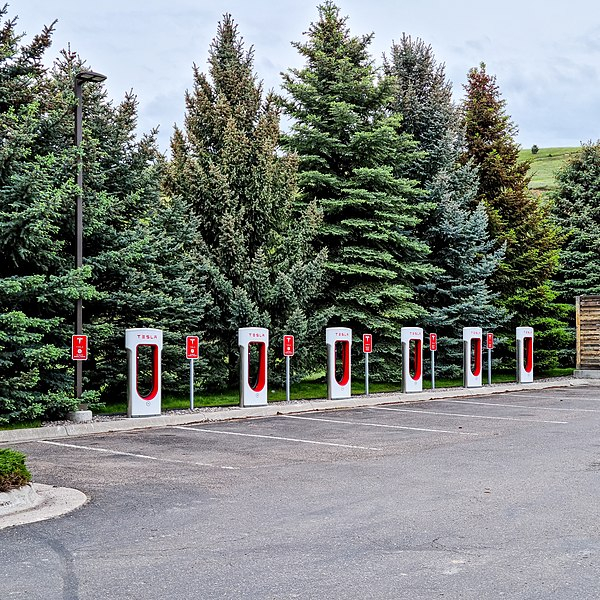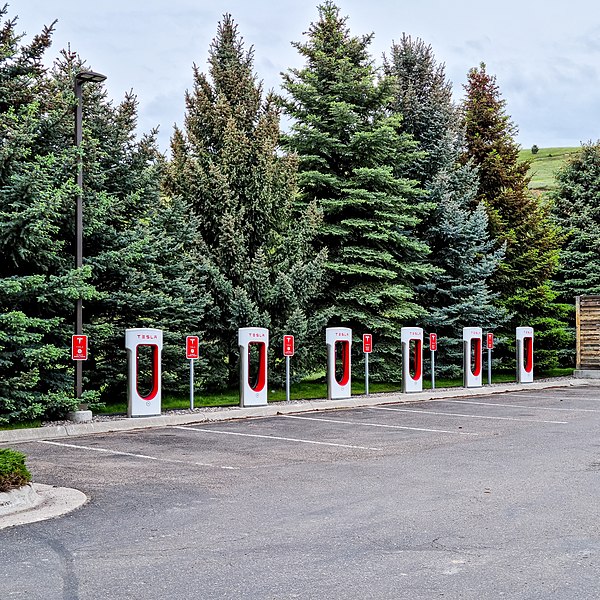The initiatives to reduce tailpipe emissions are casting a wide net over all things car related. Car buyers receive incentives to buy EVs, both new and used. Transport companies are switching their fleets to electric. The manufacturing of
ICE-powered cars is phased out in favor of clean vehicles, and America-owned manufacturing is being ramped up, creating the batteries and vehicles needed to meet the exponential rise in demand.
The journey to zero carbon emissions is well underway.
And yet. None of these - admittedly amazing - achievements mean a thing if we don't plan and create a network of well thought out, future-proof EV charging facilities. Otherwise, where will all these cars, buses and trucks go to charge? How would you go cross-country if there are hardly any charging stations between major cities? How will utilities supply enough electricity when whole fleets of trucks need charging simultaneously? What about all of us Americans living in inner cities, without access to a private garage of drive?
What is needed is a nationwide network of workplace, community and highway chargers that are easy to use, fast and reliable. Time to broaden the clean cars horizon. For our government, this means it's time to start acting on their promising plans to boost America's EV charging network.
In an effort to do just that, the White House has recently taken further steps in executing its
Electric Vehicle Charging Action Plan. Recently, all 50 states, plus DC and Puerto Rico, had to submit their
EV infrastructure deployment plans (EVIDP). Now, 35 states have had their individual plans to build out their EV charging networks approved, unlocking a treasure chest of 900 million dollars’ worth of funding for charging points, including the necessary parking and utilities.
The aim, according to US Transportation Secretary Pete Buttigieg, is to make 'finding a charge as easy as locating a gas station'. Between now and 2030, the Action Plan should result in half a million chargers being built across the country.
The Action Plan is part of the broader
Bipartisan Infrastructure Law (also called the Infrastructure Investment and Jobs Act), which focuses not just on tackling the climate crisis through clean transport, but also on rebuilding roads and bridges, delivering clean drinking water and creating good-paying jobs.
The next step in the Action Plan is for the Federal Highway Administration to come up with the rules and regulations on how exactly individual states can spend their funding. Let's hope they get a move on.





